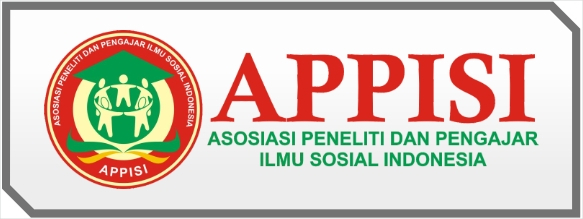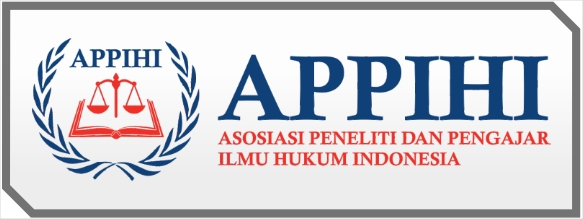Peranan PT IMC Ship Management Selaku Auditor Internal Terhadap Safety Management System di MV. Dewi Shinta Manggala
DOI:
https://doi.org/10.58192/sidu.v3i3.2454Keywords:
Internal Audit, Safety Management System, ISM CodeAbstract
Internal audit activities are carried out to meet and implement the Safety Management System (SMS) rules so that safety on board ships is implemented in accordance with the ISM Code. In addition, an internal audit conducted by a shipping company can minimize the findings of an external audit of the Safety Management System (SMS). The purpose of this research is to find out the implementation process, obstacles and solutions for the implementation of MV internal audit. Dewi Shinta Manggala. The method carried out in this study is qualitative descriptive. Data collection was carried out by in-depth interviews, observations, and documentation. The results of the study show that the obstacles faced in the obstacles experienced in the internal audit process are the unsuitable time between the ship's schedule and the auditor resulting in delays, crew ratings that are not optimal in implementing the Safety Management System (SMS), and the crew's understanding of the Safety Management System (SMS) on board the ship which is considered to be still lacking. So that the efforts that must be made, namely the company's internal parties communicate well with each other, the company gives strict sanctions to crews who do not optimally implement SMS, the company requires crews to attend SMS training.
References
Arrafi, M. A., dkk. (2023). Penerapan International Safety Management (ISM CODE) Pada PT AKR Sea
Transport. Jurnal Sains Teknologi Transportasi Maritim. 5(2), 77-89.
Arens, Alvin.A & dkk. 2015. Auditing dan Jasa Assurance. Edisi
Kelimabelas. Jakarta: Erlangga.
Biro Klasifikasi Indonesia. 2017. Petunjuk Klasifikasi dan Konstruksi. Petunjuk Audit dan Registrasi Sistem Manajemen Keselamatan. Bag. 6 Vol. 6. Jakarta: Biro Klasifikasi Indonesia.
Eriady, R., & Rahardjo, J. 2023. Evaluasi Penerapan dan Implementasi Audit Internal Berdasar ISO 45001 di PT. A. Jurnal Titra, 11(2), 1-8.
Hendrawan, A. 2019. Analisa Indikator Keselamatan Pelayaran Pada Kapal Niaga. Saintara: Jurnal Ilmiah IlmuIlmu Maritim, 3(2), 53-59.
Indonesia. Undang-undang Nomor 17 Tahun 2008 tentang Pelayaran. Lembaran Negara RI Tahun 2008 Nomor 64. Sekretariat Negara.
Jakarta.
Mahlisan, J. 2012. Usulan Penentuan
Ukuran Kapal Curah Melalui
Pendekatan Statistik. Jurnal Warta Penelitian Perhubungan. 24(06): 518529.
Maritime World, 2010 “Profil Pembagian
Tugas IMO”melalui: https://www.imo.org/en/, Diakses pada 26 Juni 2024.
Megi, dkk. 2020. Peran Perempuan Dalam Meningkatkan Ekonomi Keluarga (Studi Kasus: Perempuan Pekerja Sawah di Desa Lemoh Barat Kecamatan Tombariri Timur
Kabupaten Minahasa). Jurnal Berkala Ilmiah Efisiensi. 20(03): 79-87.
Miza Nina Adlini, A. H. (2022). Metode Penelitian Kualitatif Studi Pustaka. Jurnal Edumaspul. 6(1), 974-980.
Peraturan Menteri Perhubungan Nomor
Tahun 2012 Tentang Manajemen Keselamatan Kapal.
Riyadi. 2002. Perencanaan Pembangunan Daerah Strategi Mengendalikan Potensi Dalam Mewujudkan Otonomi Daerah. Jakarta: Gramedia.
Romanda A. A. 2020. Pelabuhan dan Serba Serbinya (Bisnis, Jasa dan
Fasilitas). Semarang: Politeknik Ilmu Pelayaran Semarang.
Sugiyono. 2012. Metode Penelitian Kuantitatif, kualitatif, dan R&D. Bandung: Alfabeta 2.
Zuchri, A. 2021. Buku Metode Kualitatif. Makassar: CV. Syakir Media Press.















